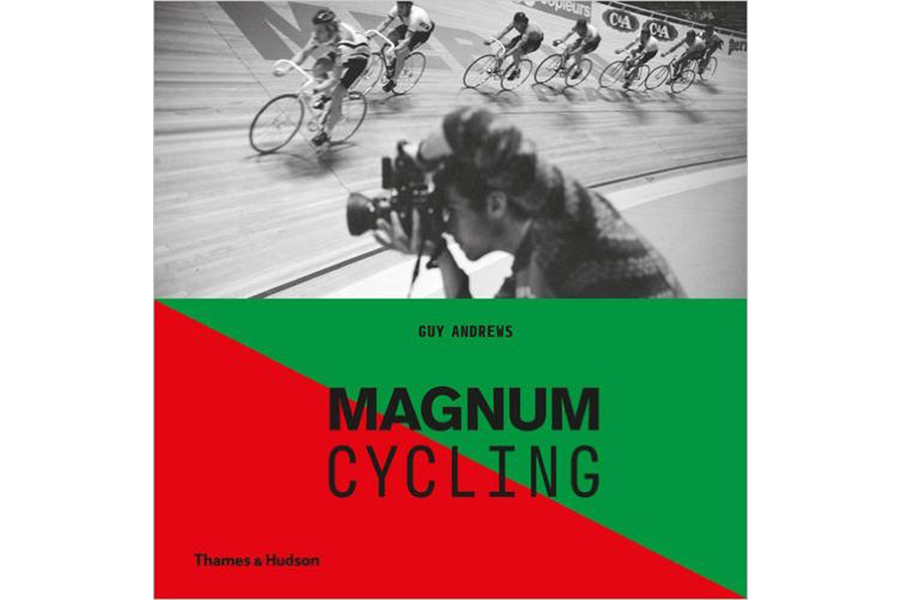'Magnum Cycling' treats biking as a window into Europe's soul
Loading...
For Europeans, cycling is more than a sport; it is human drama. It is heroes and villains fighting for glory in the public eye.
Bicycle racing has long been a huge part of French culture. In fact, the premier race in the world, the Tour de France, was created by a French newspaper mogul to bump up circulation in 1903. So, it is only fitting that Magnum, one of the greatest photojournalism agencies of its time, has paid tribute to this sport. Guy Andrews, editor of Magnum Cycling, mined the agency’s archives to find images linked to cycling.
The most satisfying thing for me about this book is to see the work of two of Magnum’s founding members – and giants of the social documentary milieu – Robert Capa and Henri Cartier-Bresson. In the case of Capa, considered the greatest conflict photographer of his generation, his images of the 1939 Tour de France predate the creation of Magnum in 1947. Fresh from his stint covering the Spanish Civil War, Capa captures the excitement at the edges of the race itself, the energy of the competition.
Cartier-Bresson tackles the world of cycling at the six-day races at the Vélodrome d’Hiver in Paris in 1957. True to his photographic nature, Cartier-Bresson barely focuses on the race. Instead, he seems fascinated with the social dynamics of the attendees.
The next generation of Magnum members such as Guy Le Querrec, John Vink, and Harry Gruyaert focus their lenses more on the racers themselves. These images are about grit and effort.
This book – which is as much about cycling as it is about photography – is perfect for someone like me, a cycling fan and a photography buff. “Magnum Cycling” opens a great window into the 20th-century history of the sport, covering not only the Tour de France, but also velodromes, cyclocross, and the infamous Lance Armstrong.
Alfredo Sosa is the Monitor’s photo director.






